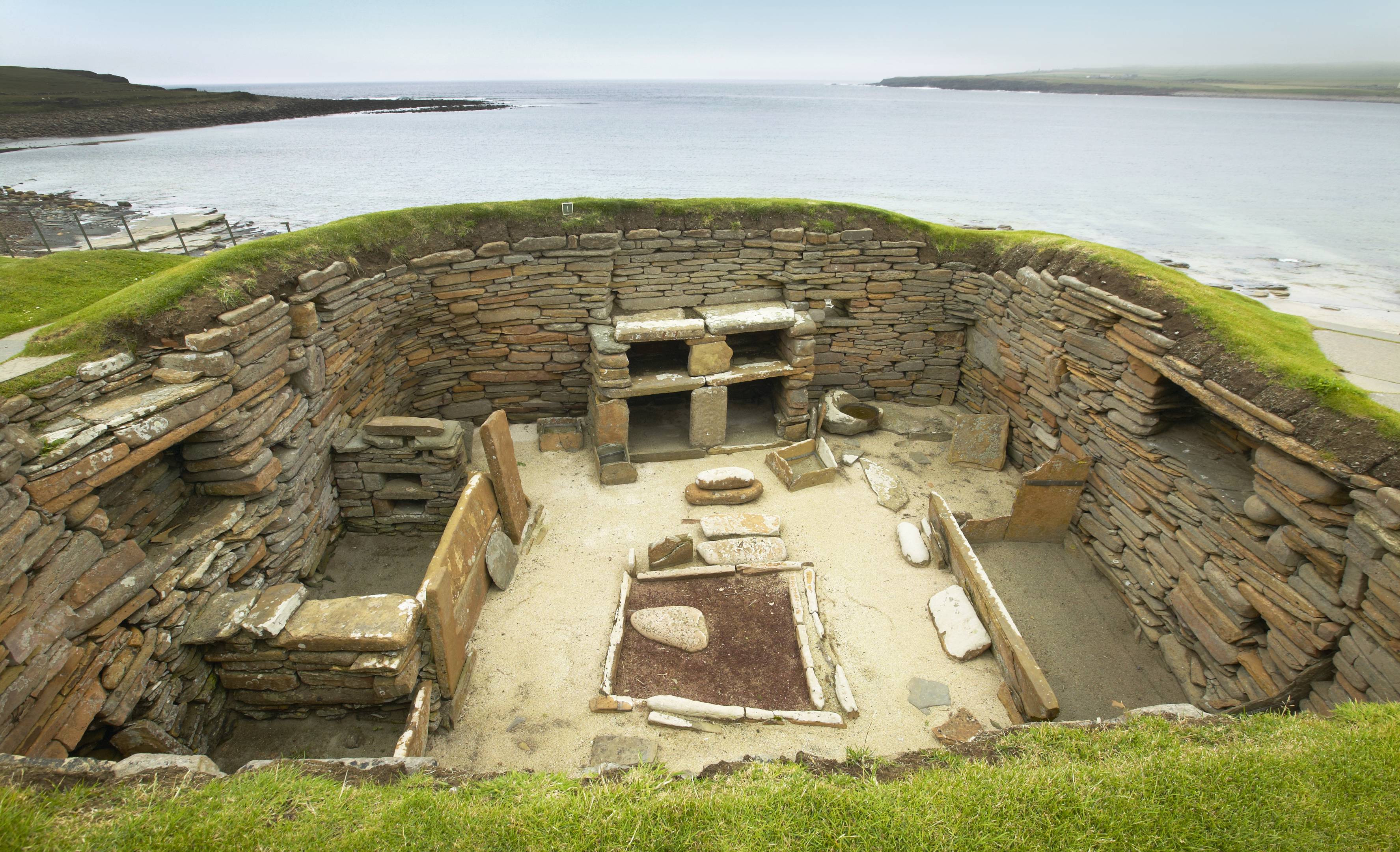I should really have been an archaeologist. As a journalist, I got involved from time to time in digging, but it wasn’t of the proper sort: hands in the soil, worms up the nose, wind in the hair. I like how so many archaeologists have flowing locks, indicating their subliminal association with the Dark Ages, which I share.
It’s a rare week in which a newspaper doesn’t run an archaeology story. The Courier this week had a story about a dig in Fife that unearthed a prehistoric stone tool. How exciting to discover something last touched by a bloke with dubious hygiene who waddled about the Earth without the benefit of Google Maps.
Elsewhere, persons were digging around the site of the Battle of Bannockburn, hoping to find trinkets and baubles that had belonged to the good guys – who won.
My interest in archaeology is almost prehistoric. That is to say, it goes back to my teens. I was even, briefly, a member of an archaeology society. I didn’t dig or even set off outdoors (brrr – frightening), but I did read the monthly newsletter, which is about as near as I ever come to participating in anything.
Somebody mentioned the Dark Ages earlier, and that is where a part of me still belongs. That’s right, I have the plague. No, I mean the brainlobes have inherited thought processes from our comparatively recent past. Apart from which, I’d love to have a job that consisted of wandering aboot with a sword and drinking mead from goblets. Come to think of it, that’s pretty much what I do, if you substitute pen for sword, though I cannot think that it makes me mightier.
My first burd liked me because she thought I looked like a character in a TV series called Arthur of the Britons. Or was it Catweazle? I spent much of the earlier, more hopeful part of my life with my nose in the children’s novels of Rosemary Sutcliffe, of which I still have a large collection.
There, the good people always win in the end – rather like this year’s Scottish Cup final. It’s interesting to think that, in centuries to come, archaeologists will be digging around Hampden and coming up with scarves, flags and a copy of The Hobbit (mine, I like to take something interesting to read when watching Hibs).
Interesting, too, that some fans took it upon themselves to dig up parts of the pitch. Perhaps they were frustrated archaeologists too. (“Yay, we’ve won. Exuberant fellows are waddling onto the pitch. I shall take this opportunity to carry out a little archaeology.”) It is is my estimate that at least a quarter of those on the pitch at full-time were undercover archaeologists.
Digging is only a part of archaeology. The larger part of it is interpreting what has been found. This is where it all goes a bit wonky: “Oh, look we have found a comb. That proves the Vikings weren’t nasty after all.” A lot of it seems like guesswork and wishful thinking. I think I would have been better at the digging than the interpreting.
Even further afield, imagining unearthing one of yon pyramids. It might even come with a mummy’s curse. Scary stuff. Probably best just to stick to reading the monthly newsletter.




